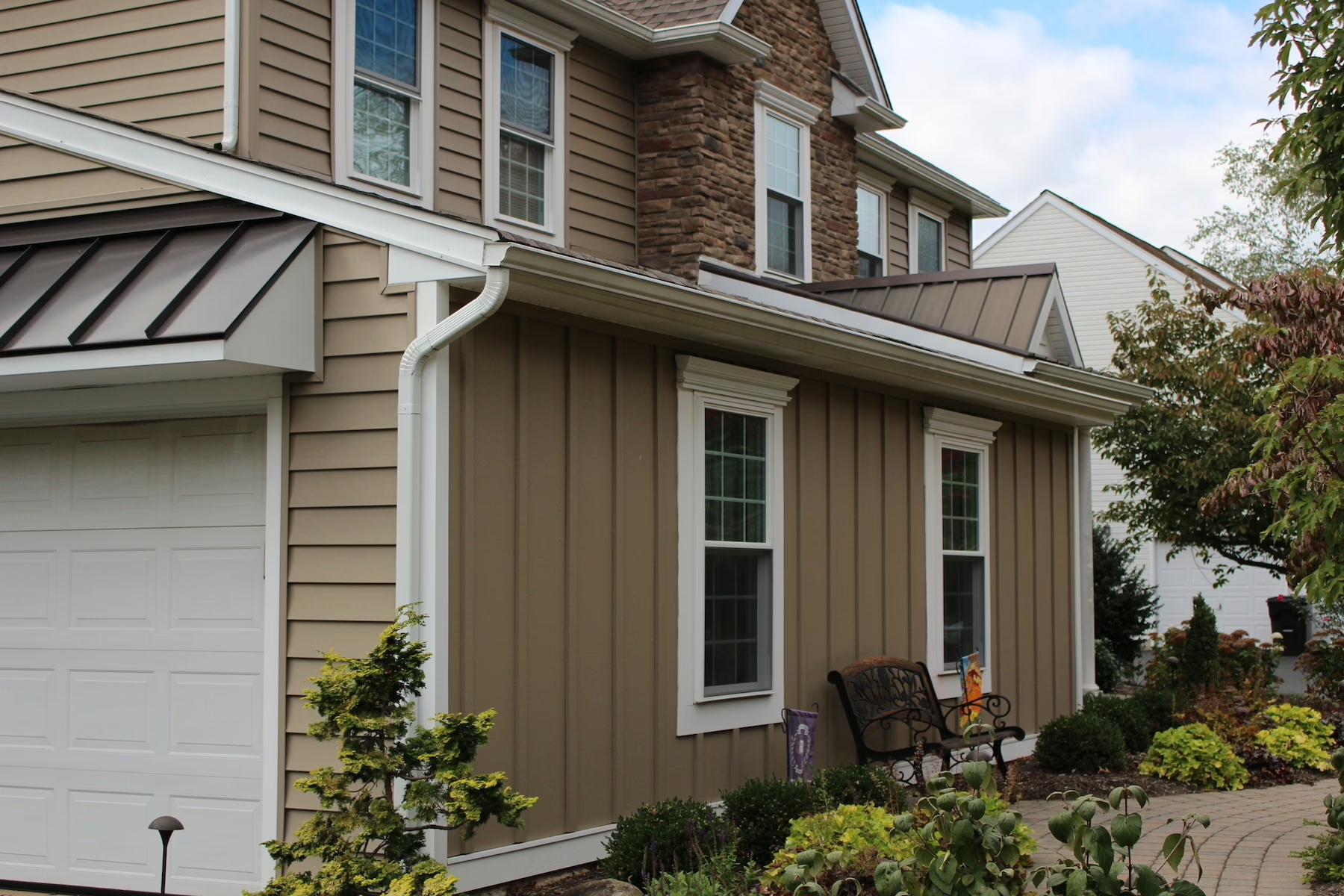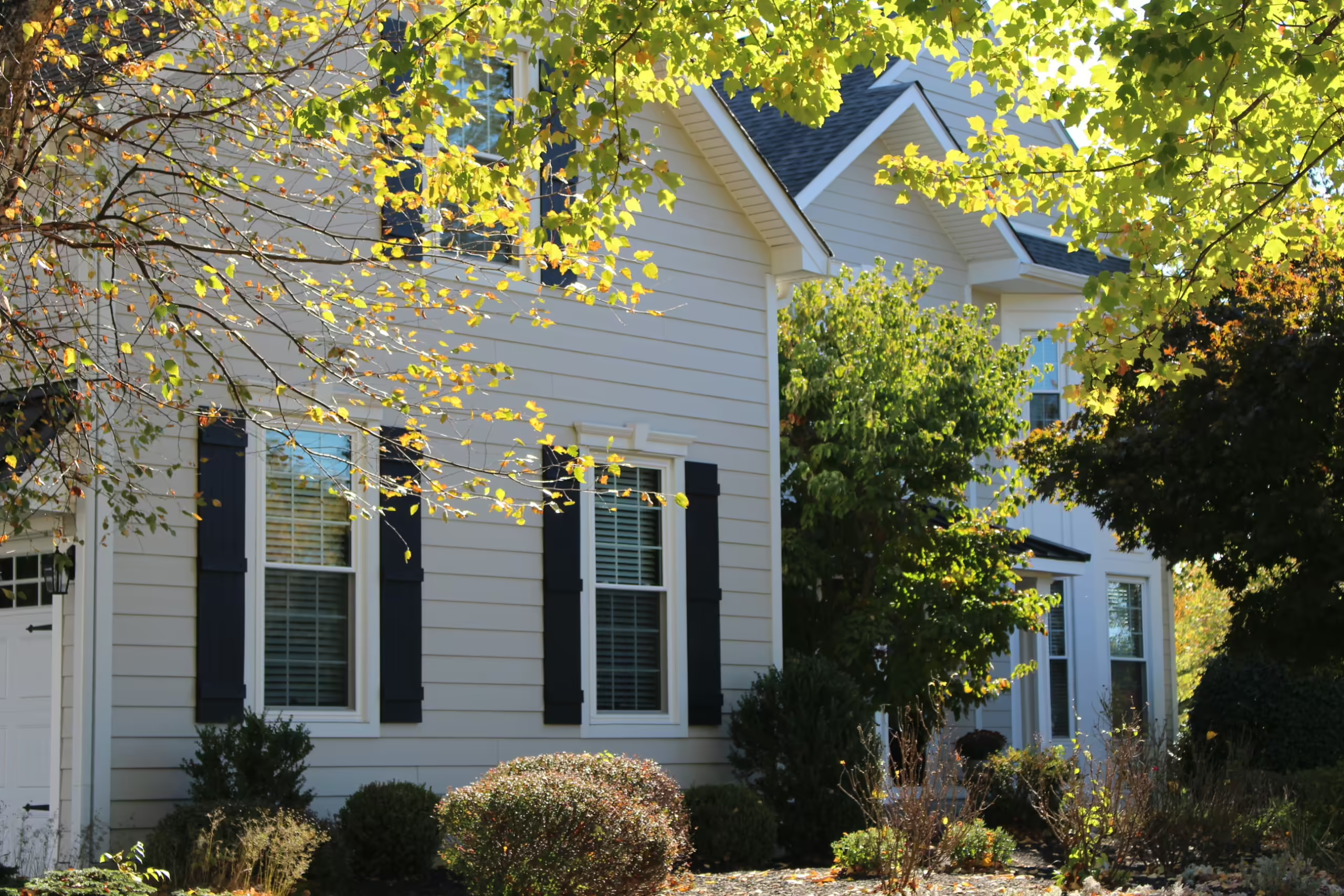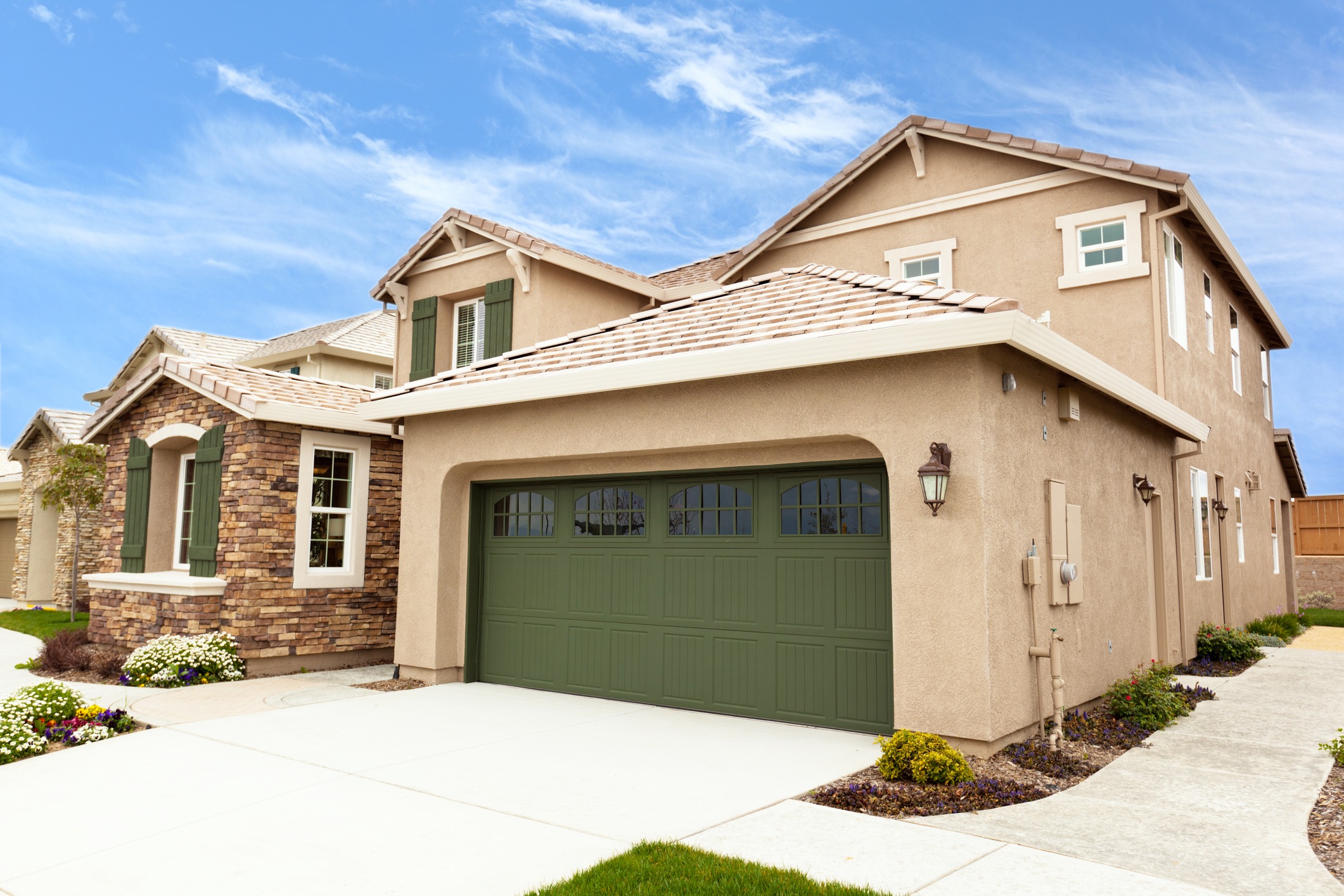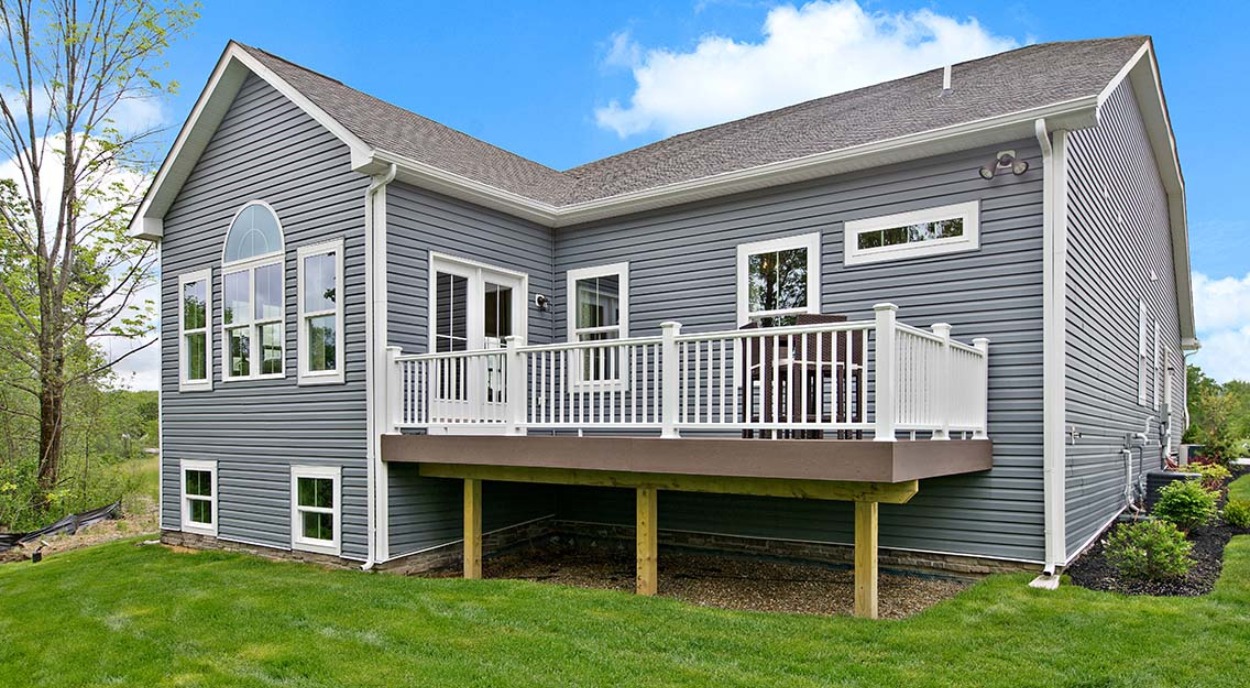Siding protects your home from inclement weather and insulates your home’s interior to keep it appropriately warm or cool. When it’s time for new siding installation, it’s best to consider factors such as durability, insulation, appearance, and maintenance requirements. Before you make your decision, read on to see when it’s time to replace siding and the most popular materials contractors use.
Top Signs You Need New Siding
- Appearance
- Faded color
- Outdated color or style
- High Maintenance
- Needs painting or staining regularly
- Damage
- Cracked or loose siding
- Dry rot
- Warping
- High Energy Costs From Poor Insulation
- Moisture Damage
- Mold, fungus, or mildew on exterior
- Peeling paint or wallpaper on interior
If you notice any of these signs, contact a local siding contractor to avoid further damage and additional energy or repair costs.
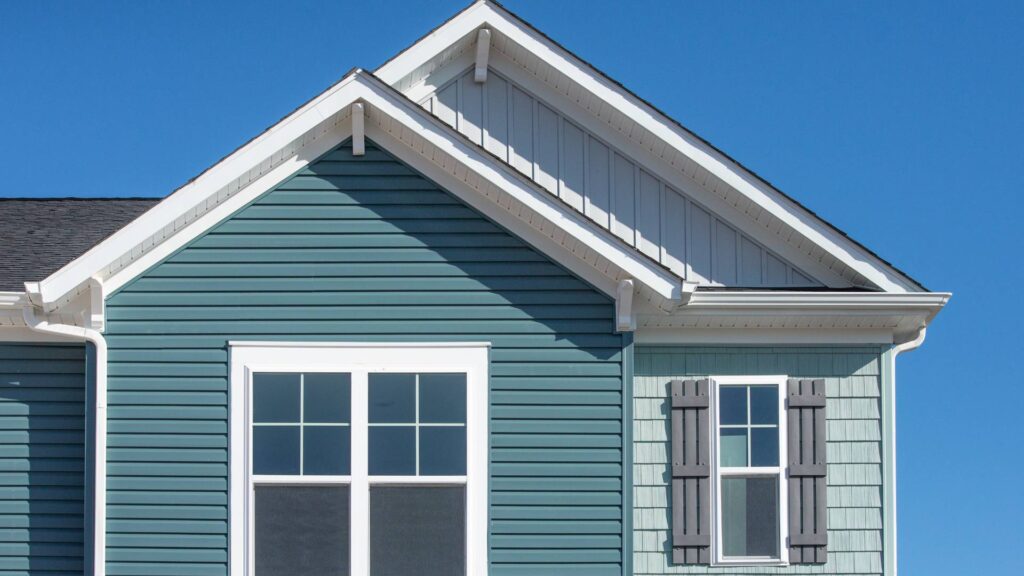
The Ultimate Guide to Home Siding
Answering Common Siding Questions
Check out this all-inclusive guide to home siding and find all the answers you need to common questions you and others have about replacement siding.
3 Top Siding Materials
1. Stone Veneer Siding
Stone veneer siding offers an affordable, durable substitute for stone, but with the same beautiful appearance. Made from Portland cement, pigment, and aggregates such as pumice, stone veneer is often installed in areas such as interior walls, driveway pillars, and the foundation of main level walls. Moreover, homeowners can choose between a variety of styles to suit their aesthetic preferences.
A siding installer company can place this lightweight option with ease, and minimal maintenance is required other than filling potential cracks between stones and light cleaning. A mixture of water with a small amount of vinegar or dish soap will remove stains.
2. Vinyl Siding
Vinyl siding is affordable, durable, and low-maintenance, making it the most common selection for home buyers and owners. It’s also easy for a home improvement contractor to install, and it’s available in a wide selection of colors and styles. Products can simulate materials such as wood, stone, and wood-grain while effectively sealing your home from the elements.
To maintain its appearance, thoroughly rinse areas with a mixture of one gallon of water and one cup of oxygen bleach. Brush the exterior with the mixture to prevent mold and mildew growth and to remove stains.
3. James Hardie Siding
James Hardie fiber cement siding offers the appearance of wood with the durability of concrete. The composite material is constructed from cement and cellulose fibers that are solid, stable, and highly compatible with paint materials. Fiber cement is also moisture- and rot-resistant, non-flammable, and pest-resistant against critters such as termites and woodpeckers.
Fiber cement can also withstand extreme weather conditions and fluctuations. Homeowners won’t have to worry about issues such as cracking due to temperature extremes or damage from heavy storms.
When you need a reliable siding contractor, turn to Preferred Home Improvement. For over 35 years, this family-owned home improvement company has served high-quality renovation services to the local region. Our contractors can install triple-paned, thermal performance windows to save energy and add value to your home. Specialized in roofing, siding, windows, and doors, we offer superior, affordable services to each client. We also provide home additions to complete your remodeling vision such as adding decks or expanding the living space for entertainment purposes. Call (215) 366-5813 or visit our website to receive a free estimate.
